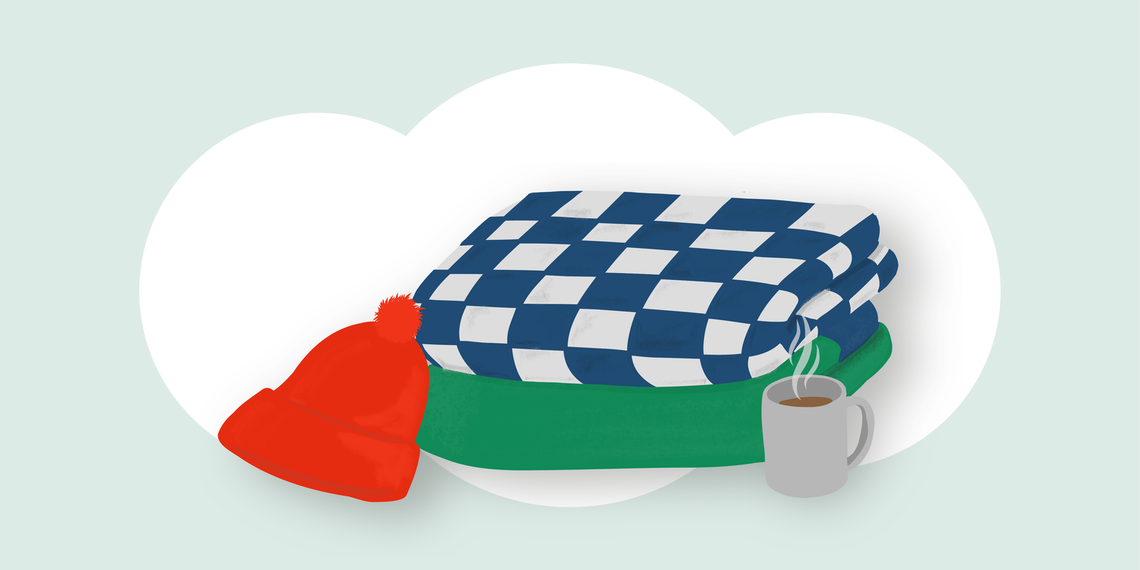January 2022 my furnace started acting up, eventually leaving me for a period longer than a week without the warm home we take for granted.
During this frustrating and cold time, I realized how my experience coping with culture and bad situations at work was applicable. The reality is that no amount of coping, no level of self-assurance that the temporary fix is good enough, will replace that there is a problem.
In my case, it was a broken furnace. But it can also be a culture in a department that doesn’t foster communication and collaboration. It can be coming to work knowing that you will not have the tools and resources to do your work, but you are asked to do it anyways. Or it can be a pandemic that we thought would be over soon, and yet continues to shape our lives.
There are four phases we undergo when coping with problems at work (or in my case, at home):
- Awareness – becoming aware of the problem. The furnace stopped working. I investigated a solution and tried to address the problem on my own. However, my problem requires collaborating (or trusting) experts to solve. In this case, I learn from the experts my problem isn’t easily solved.
- Mitigation – “quick fix” the problem (through Band-Aid solutions) so you can cope more easily. In this case, first there were the blankets. Then the portable heaters that were sufficient to warm up a room at the time (leaving the rest of the house cold).
- Rationalization – “It isn’t too bad.” I found a solution to the cold house (heating and blankets). I fell into the trap of thinking: “This isn’t too bad, sure it’s cold in the morning, but by 9 p.m. it’s comfortable enough.”
- Acceptance – adjust to the new normal. In my case I started accepting the fact that I would be cold, but since I had the portable heaters that was the best I had.
Sound familiar? We have all experienced discomfort and setbacks that we “make work.” It doesn't have to be a furnace – any pebble in your shoe will do.
It’s time to stop coping and start improving
My lesson here is simple: don't settle for the comfort of temporary, Band-Aid solutions. Use that discomfort and frustration as motivation to get to the root cause of your problem. As a problem-solving facilitator, I have witnessed the link between professional well-being and improvement countless times.
Don’t ignore that pebble in your shoe. There are resources to make it better.
The Link Between Well-being and Improvement
Here are a few resources curated from the U of U Health community to try out on your own.
-
Resilience Toolkit (U of U Health) - This growing list of evidence-based resources developed by our Resiliency Center experts includes step-by-step instructions for improving well-being.
-
Quality Improvement & Patient Safety Toolkit (U of U Health, GME) - a collection of articles and PowerPoint presentations that provide new improvers (people interested in problem solving and process improvement) with an introduction to the problem-solving framework for addressing simple and complex problems.
Luca Boi
Your gut health can be key to your overall health and well-being. Nutrition & Integrative Physiology graduate teaching assistant, Maria Manuela Herrera, explains the power and benefits of probiotics and shares recipes to incorporate into your next meal plan.
Microaggressions commonly occur in medical settings creating psychologically unsafe environments of learning, working, and healing. Pediatricians Reena Tam and Margie Diaz-Ochu share how clinician-educators can cultivate awareness and practical tools to create safer, braver spaces in the moment.
We have personal protective equipment (PPE) for our body–but what about our mind? Huntsman Cancer Institute nurse manager Cassidy Kotobalavu has lead training on the concept of emotional contagion–how good (and bad) emotions spread. Here are Cassidy’s expert tips (with slides) on managing emotional contagion in health care.
